Hawaii community goes all in with new $17M facility to boost food security
West Oʻahu is poised to take a significant step toward greater food security as ʻElepaio Social Services prepares to break ground on a multimillion-dollar facility.
A roughly $17 million community services campus will be built next to Waianae Coast Comprehensive Health Center and include a food warehouse, teaching kitchen and cultural center, along with a nursery and food forest.
The entire campus takes aim at the Leeward community’s disproportionate rates of food insecurity and food-related health concerns — among the highest in the state — while helping “return our community from food desert back to food basket,” ʻElepaio Executive Director Alicia Higa said.
Construction will begin with a 10,500-square-foot food warehouse, which will serve as a food bank for residents as well as an emergency supply in case of disaster. The new warehouse will more than triple the footprint of ʻElepaio’s current pantry, which the organization is funding through state and philanthropic grants.
Leeward Oʻahu’s coastal community is home to one of the largest Native Hawaiian populations globally. About 40% of Hawaiian households in the state are at risk of hunger, according to a 2024 Hawaiʻi Food Bank report, and more than half struggle to make ends meet financially.
The associated negative health impacts of food insecurity are well quantified, as the region also faces disproportionate rates of noncommunicable and diet-related disease, which ʻElepaio has been attempting to address through its food distribution.
The group has needed more space for years, Higa said, distributing almost 1.5 million pounds of food in 2024 from its current 3,500-square-foot facility in Waiʻanae. The need continues to grow throughout the region, she added, as federal cuts cast a concerning outlook for already struggling communities.
Disaster Prepared
Construction on the food warehouse will begin in early 2026, followed by a community center and teaching kitchen, where ʻElepaio beneficiaries will learn how to cook fresh produce.
The 15-acre campus will be suffused with native trees, including ʻulu and coconut, which will help supply ʻElepaio Social Services’ food pantry and create a more resilient coastal community. The plans include reclaiming and treating 40,000 gallons of wastewater daily, diverting it from the ocean.
Disaster preparedness throughout Leeward Oʻahu has been a focal point for elected officials in recent years, especially in the wake of the 2023 Maui fires, which underscored the need for more resilient communities statewide.
ʻElepaio’s current food pantry space houses enough food for about two days, Higa said, “barely a drop in the bucket” for the community if it were cut off from the rest of the island.
Having its own space to store food ahead of a natural disaster will make a huge difference, she said.
The state recommends residents store 10 to 14 days worth of food, per person, for emergency situations.
“The reality out here is that a lot of our community members don’t even know what they’re eating tomorrow,” Higa said.
The food warehouse will be a partnership with Hawaiʻi Food Bank, which provides about 70% of the food ʻElepaio currently distributes to the community. The larger stores will be especially important during future emergency situations, strengthening the entire island’s food security network, says Hawaiʻi Food Bank CEO Amy Miller.
“With only one main roadway in and out of Waiʻanae,” Miller said, “having a larger footprint in the community is critical — it means food and emergency supplies can be staged closer to where they are needed, even if access is cut off.”
Food As Medicine
Waianae Coast Comprehensive and its subsidiary ʻElepaio Social Services have led efforts to use food as part of holistic efforts to address health deficiencies throughout the community, which they hope to bolster with the campus.
The nursery and food forest will grow where culturally relevant and nutritious crops can be harvested for patients — 951 received food prescriptions from the health center last year. Both organizations foresee a major increase in demand, following the approval of a five-year waiver from Medicaid that will allow them to prescribe food for patients.
The center’s produce prescription program allocates $60 to $120 per patient for food each month, along with health education. With the waiver, the center will be able to leverage more funding for the initiative.
“This has been our goal, the light at the end of this tunnel, as we were on this hamster wheel of writing grants to do the right thing and give good food to our community,” Higa said. “Now there’s this opportunity that will actually get reimbursed and we’ll have the funds we need to continue doing this work.”
Hawaiʻi Food Bank has historically included foods like poi and fresh, locally grown produce in what it keeps for beneficiaries, despite being more expensive than other imported foods, because “food insecurity and health are deeply connected,” Miller said.
The campus is slated to sit on Department of Hawaiian Home Lands parcels with adjoining facilities and housing dedicated to kūpuna.
“It’s ambitious,” Leeward Rep. Darius Kila said. “In the best way.”
The ʻElepaio model, he said, can act as a blueprint for other health and community resilience initiatives around the state.
___
This story was originally published by Honolulu Civil Beat and distributed through a partnership with The Associated Press.


